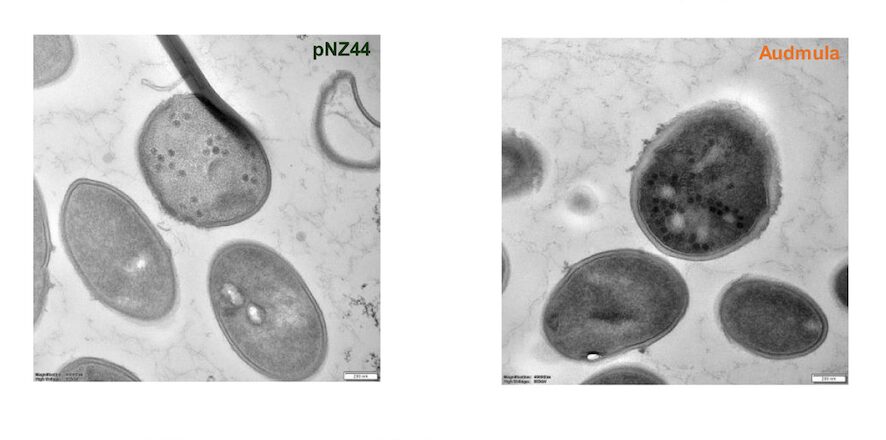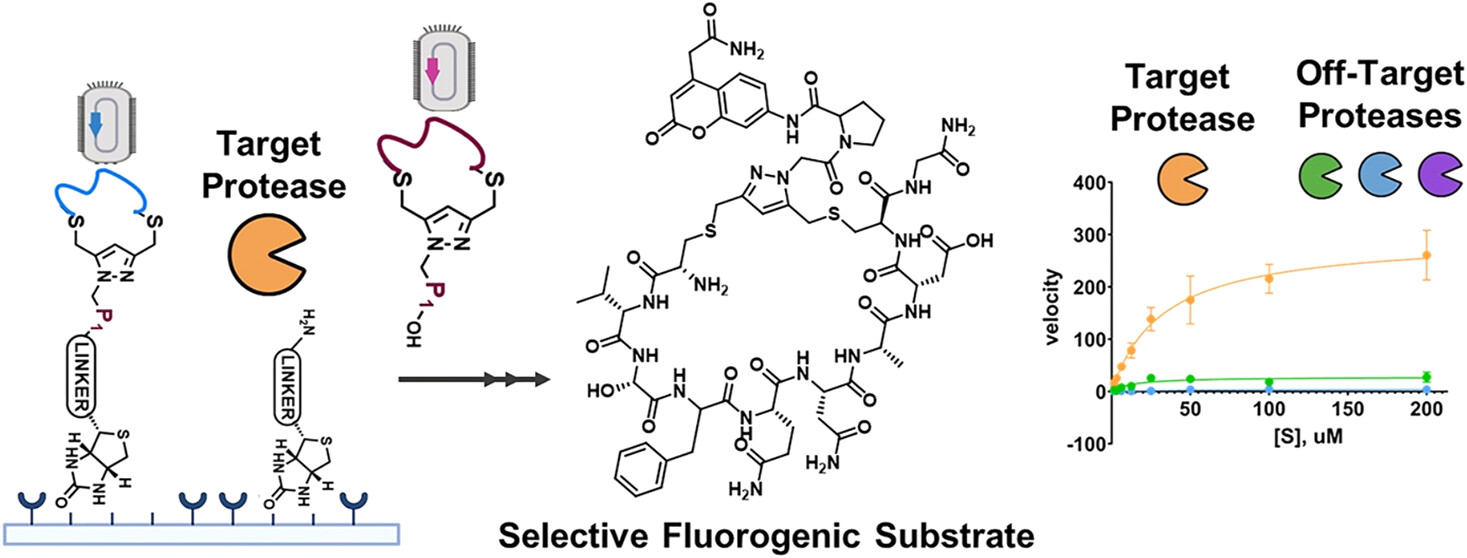Introduction:
 |
| lungs |
Materials and Methods
Cystic Fibrosis
Cystic fibrosis (CF) is an autosomal recessive lethal disease characterized by defective anion transport across mucosal surfaces. In the airways, this defect leads to thickened secretions, chronic infection, and persistent inflammation. Over time, this results in the destruction of lung tissue and chronic obstructive pulmonary disease. Although other organ systems are affected, the aforementioned pulmonary sequelae are the major cause of morbidity and the most common cause of mortality in patients with CF. Although there have been substantial advancements in the treatment of airway infections and the promotion of airway clearance, microbial pathogens remain a substantial problem in CF. The study of microbial pathogens within sputum from patients with CF is, therefore, crucial to understanding the pathogenesis of lung infections in CF.
The bacteriophage
Recently, there is growing interest in the viruses of bacteria known as bacteriophage or simply “phage” in CF and other settings. Although this interest is primarily related to the potential role of phage in controlling infection, many of the bacteria that infect and colonize patients carry and express endogenous phage. Furthermore, there is also a growing appreciation that phage profoundly shapes the ecology of the lung microbiome.
Their research focused on one such phage, Pf, a lysogenic filamentous phage that infects a subset of clinical Pseudomonas aeruginosa isolates. We and others have reported that Pf phage influences the pathogenesis of P. aeruginosa infections in the lung and other environments by inducing liquid crystal biofilm and promoting chronic infection. In particular, we have reported that Pf phage is associated with antibiotic resistance and worse clinical outcomes. In light of these associations, there is a need for effective and reliable protocols for assessments of Pf phage in CF sputum.
There are several reported methods for processing sputum from patients with CF for both detections of microbes and for measurement of proteins, cytokines, and other components. Most of these typically include a combination of steps for chemical lysis, mechanical lysis, dilution, heating, fractionization, and the addition of protease inhibitors. Most are usually tailored to the intended downstream application, focusing on the isolation of the desired sputum fraction of interest. For example, for studies of sputum inflammatory markers, such as cytokines or elastase, the sputum supernatant or matrix fraction (with the cell fraction removed) is the most relevant. In contrast, for studies of sputum bacterial components, the cellular fraction is of interest. For studies of the mechanical or physical properties of sputum homogenization or lysis would be left out as these steps might affect the properties of the sputum.
Molecular analysis
In studies evaluating the presence and/or quantity of specific pathogens by polymerase chain reaction (PCR), similar methods are reported with chemical lysis, and mechanical lysis (sonication), followed by DNA extraction although only involving the cellular fraction. Although some reports include detailed descriptions of methods, many unfortunately do not provide detailed protocols. Their specific area of interest, optimal protocols for isolating phage from CF sputum are unclear. We identified four studies where phage detection was reported from sputum, and they all involved dilution, chemical lysis, and filtration to remove the cellular components. Further steps to purify the phage or viral component of the sputum are taken using phenol/chloroform or cesium chloride.
The aim
They sought to provide a resource on the optimal methods for the collection and processing of sputum samples from patients with CF for microbial DNA studies, with a particular emphasis on Pf phage and Pseudomonas. These protocols reflect their recent experience in the quantification and sequencing of these microbes. To their knowledge, this kind of research was the first systematic approach to develop a standardized method (one of the methods developed is Protocol for Mechanical Dissociation and DNA Extraction) that could be used by other investigators and thus allow for meaningful comparisons. their hope was that sharing their optimized protocols will inform future studies on both bacteria and phage in CF airway infections.
These studies demonstrated the assessment of a specific bacteriophage and bacteria in sputum from patients with CF. This might help in the development of phage therapy in one way or another since it has been shown clearly phages can survive in the sputum.



Leave a Reply
You must be logged in to post a comment.